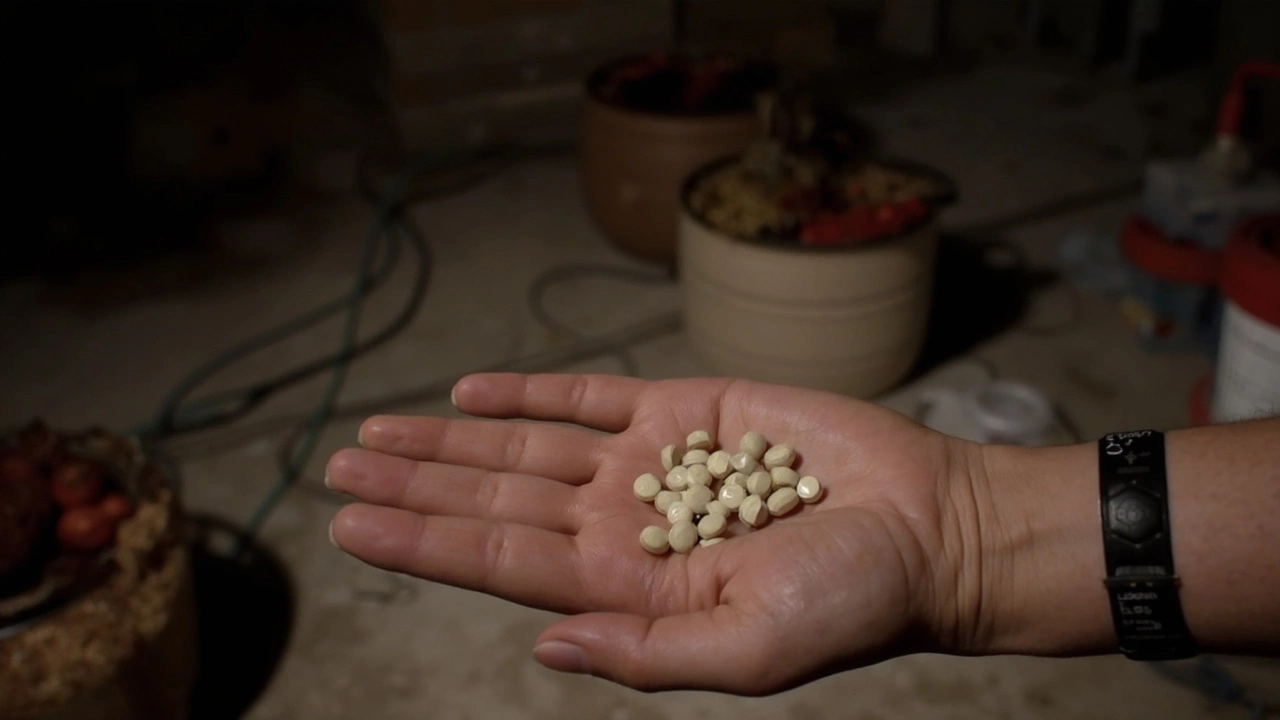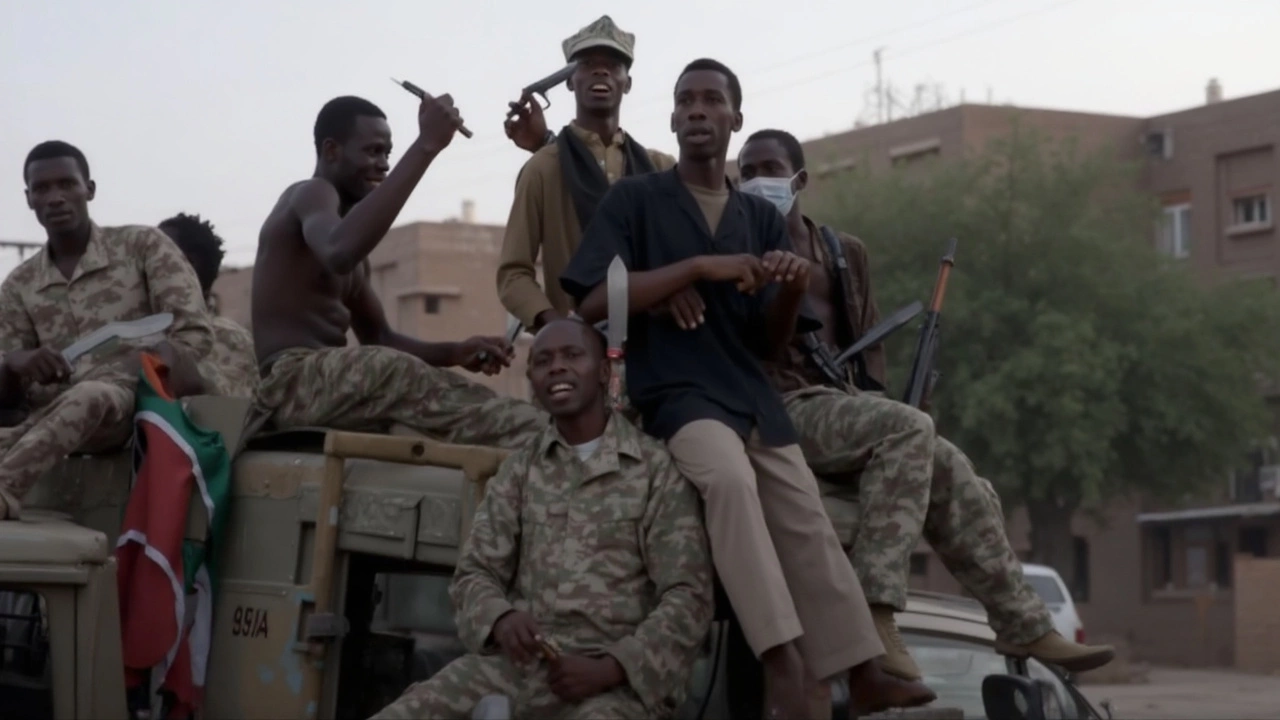The Relentless Downward Spiral in Sudan
It’s hard to picture the scale of what's unfolding inside Sudan. Since a brutal civil war broke out in April 2023 between the Sudanese Armed Forces (SAF) and the Rapid Support Forces (RSF), regular daily life has been ripped apart. Close to 12 million people have been forced from their homes. Right now, more than 30 million Sudanese—basically the population of a small country—are stranded, facing hunger, violence, and few options. The numbers keep climbing, with the UN and relief workers struggling to keep up.
The situation around food is especially grim. Famine has already caught up with at least 635,000 people in pockets like the sprawling Zamzam camp in Darfur. Shops have bare shelves, and fields that once grew life-saving grains are empty, thanks to surging fighting and a crippled harvest. Food prices have skyrocketed—what little is left costs several times more than last year, putting basics like flour, sorghum, even drinking water, far out of reach for most families.

A Failing Health System and Spiking Violence
Choosing between food and medicine isn’t hypothetical here—it’s a daily reality. Sudan’s hospitals, once fragile but functional, are collapsing. In conflict-ridden regions, 70–80% of all hospitals and clinics have simply shut their doors. Emergency care barely exists, supplies are running on fumes, and the spread of disease is rampant. When heavy rains battered the country in 2024, 172,500 people were flooded out of whatever shelter they'd found. And the stagnant water that followed kicked off a swift, deadly cholera outbreak on top of everything else.
Women and girls have it even worse, dealing with a sharp spike in gender-based violence and constant threats to their safety. Aid workers don’t get spared either—they face harassment as they try to deliver help. Moving food, medicine, or water through the country is a logistical nightmare: bureaucracy from both sides of the conflict often holds up or blocks supplies, and the fear of being attacked is real for anyone wearing a vest with a relief agency’s name.
International organizations like the IRC (International Rescue Committee) and the Norwegian Refugee Council are still on the ground, but aid routes change every week as frontlines shift. Some convoys wait days or weeks before getting approval to move, and not all make it.
Beyond Sudan’s borders, the impact is spreading. Chad and South Sudan have opened their doors to hundreds of thousands of desperate refugees, even while they struggle to care for their own people. The resources just aren’t there. Camps are overcrowded, and water trucks, food shipments, and medical tents aren’t enough. People arriving have sometimes walked for days through dangerous territory—many don’t make it, and those who do are often sick, hungry, and traumatized.
- 12 million people now displaced inside and outside Sudan.
- 30.4 million in urgent need of humanitarian help—the highest ever recorded in a single country.
- At least 635,000 facing actual famine, mostly in places international agencies can barely reach.
- Half the country’s population—about 25 million—living with extreme shortages of food, water, and medicine.
IRC’s Sudan director, Eatizaz Yousif, didn’t mince words recently, saying that Sudan’s humanitarian crisis now eclipses all other global famine situations combined. Calls for a ceasefire keep echoing, but fighting still rages across the country. Until there’s peace, millions remain stuck in a desperate waiting game—hoping for relief that can’t come fast enough.







Write a comment